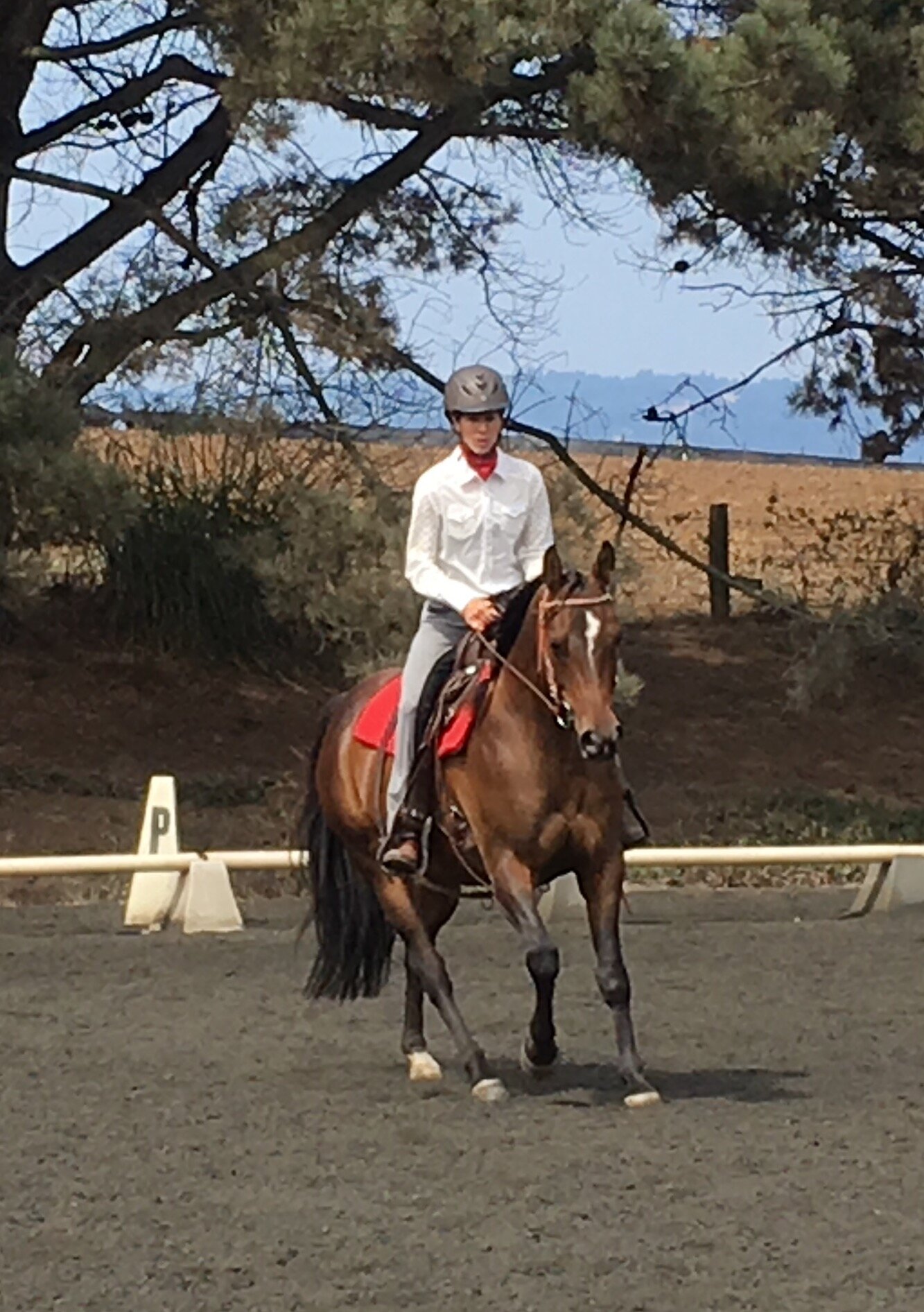Trail Riding vs. Arena Riding
Which is harder for the horse: trail riding or arena workouts? Many riders believe a vigorous trail ride requires much more fitness than a training session in the arena. Others, meanwhile, view trail riding as an easy activity to do on a horse’s rest day. So which is it— harder or easier? The answer is that they are each harder— and easier— than the other. Let me clarify.
The physiological demands of trail versus arena might surprise some riders. Most exercise physiology experts consider a 2-hour trail ride to be equal to schooling in an arena for 45-minutes. A ‘trail ride’ in this case is defined as covering 6-8 miles on dry, firm ground on moderate rolling hills using a combination of all gaits; an ‘arena session’ is defined as a 10-minute warm-up followed by 35-minutes of uninterrupted activity in a sand footing with a majority of time spent trotting/cantering with 30-second walk breaks interspersed periodically.
Comparing heart rate alone, trail riding nearly always taxes the horse more. Due to varying terrain and often greater speeds of travel, trail horses typically work on the higher end of their aerobic zone, though this does not apply to horses that spend most of their time walking. But when considering muscle effort and the work required of joints and connective tissue, not to mention mental concentration, arena riding often asks more of the horse’s musculoskeletal system.
I have been able to witness this repeatedly. On several occasions over the years, I have conditioned horses for 25- or 30-mile endurance races by riding only in the arena because that was all I had access to. I should note that these were very purposeful sessions; we were not wandering aimlessly around the arena. On every occasion, the horse performed brilliantly in the endurance ride and recovered well. What we now know through exercise science is that the two disciplines of trail and arena can compliment one another. One should not be viewed as easier than the other; they each offer different indisputable efforts.
As a general rule, trail riding does demand more of the cardiovascular system so it cannot be considered— physically, at least— an easy or rest day for a horse. But we must be careful not to assume it also conditions the horse’s musculoskeletal system more. Here are a few comparative points to consider, which will you you plan the overall conditioning of your cross-trained equine athlete.
Arena sessions
First, arena horses are typically ridden on a sandy type surface measuring approximately 3 inches deep, which increases work intensity up to 50 percent. Next, by riding patterns and exercises that require frequent postural adjustments, they are required to make isometric contractions to stabilize their bodies. These contractions require strong well-coordinated muscular effort and heightened near-sensory communication. Further, by riding frequent turns and circles, the horse must engage his trunk muscles, which play a role in generating efficient and powerful movement. When asked to perform transitions between gaits, he also improves the mechanics and propulsion of his hind limbs.
Trail rides
When ridden on varying surfaces, trail horses receive more positive stress that results in adaptations to their bones, connective tissue and proprioception receptors. When hills are present, the horse has to engage his glutes, hamstrings, and pectorals with greater force for climbing and descending. But by riding mostly in a straight line, he does not generally activate his trunk muscles except in the case of galloping. Further, he is most often ridden on a loose rein without a particular body posture required, which leads to disengagement of postural muscles in the neck, hips, and back.
The Verdict…
If you aim to have a horse with good cardiovascular conditioning and strength, it is clear that you should aim to ride in the arena as well as on trails. When done with purpose, both ventures can be difficult—but also fun— in their own right. Exercise studies continue to show that a variety of stimulus creates the best athletes.




